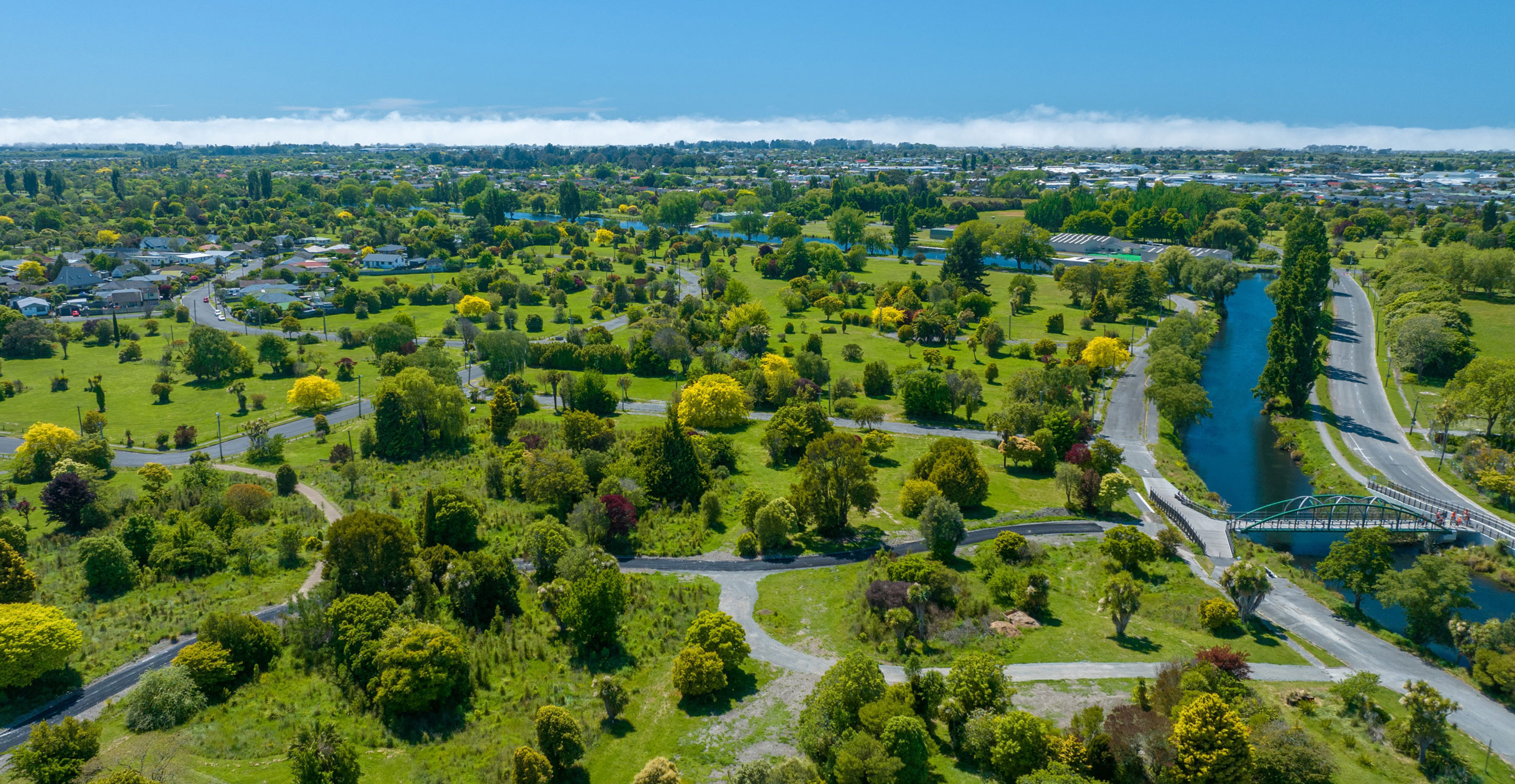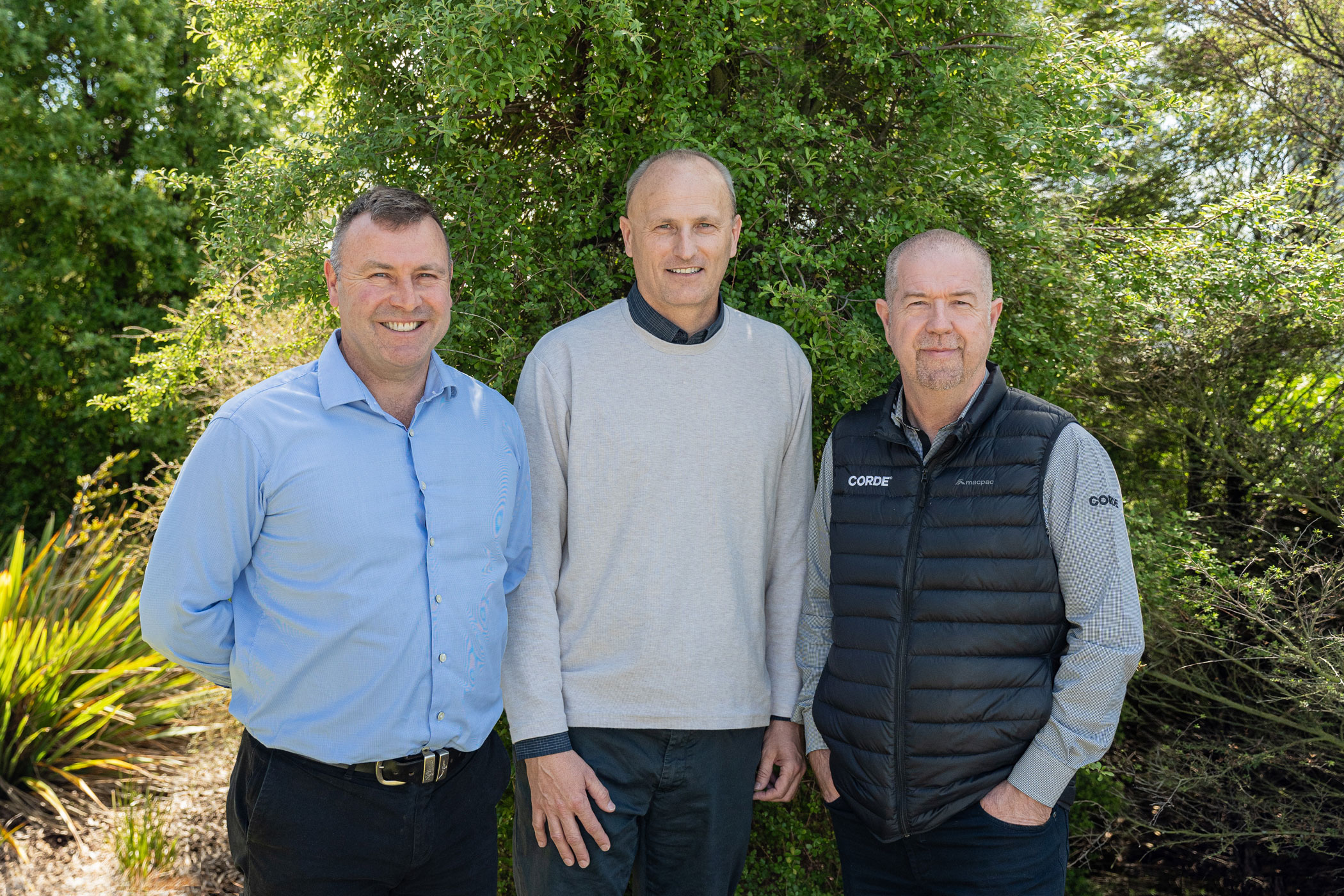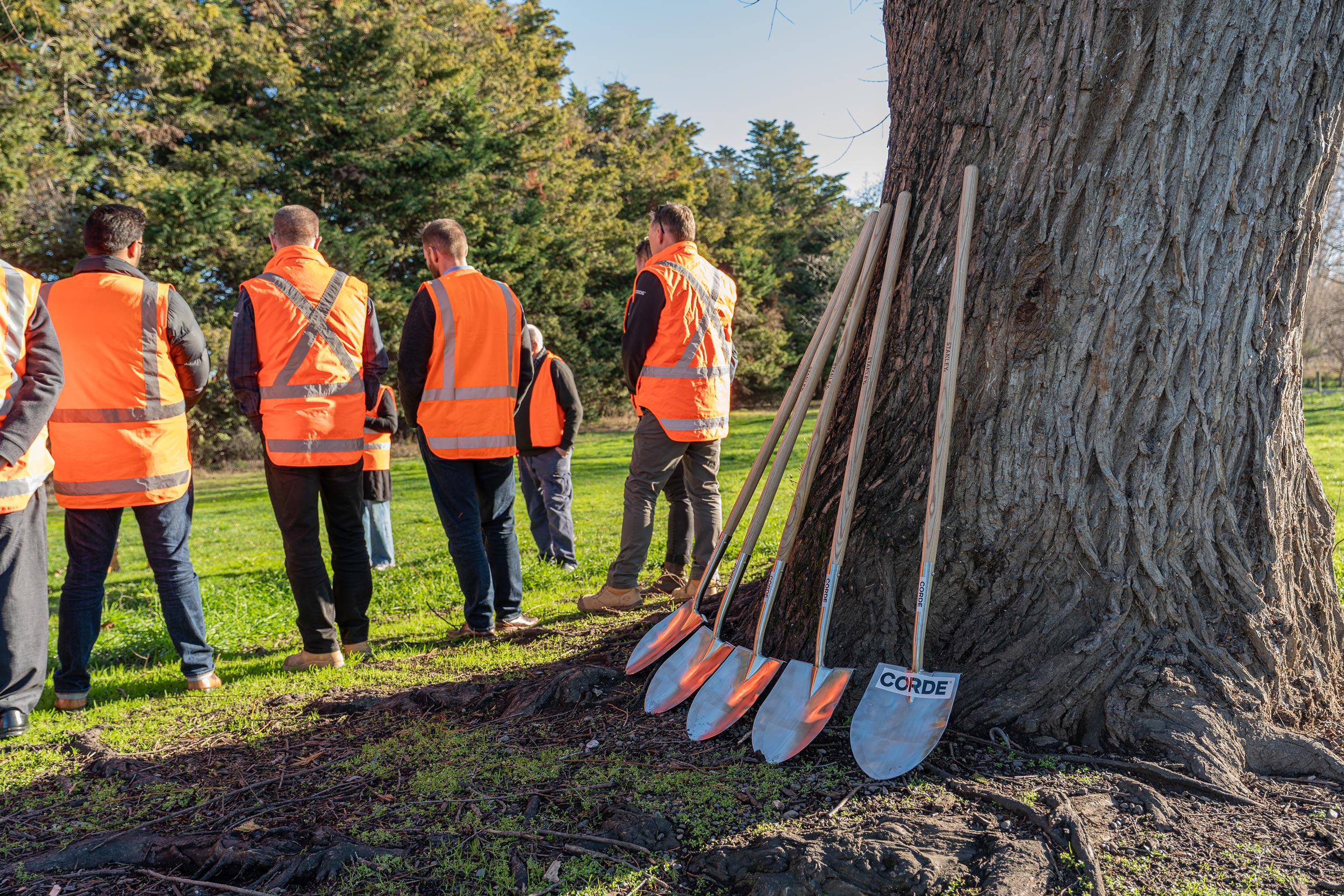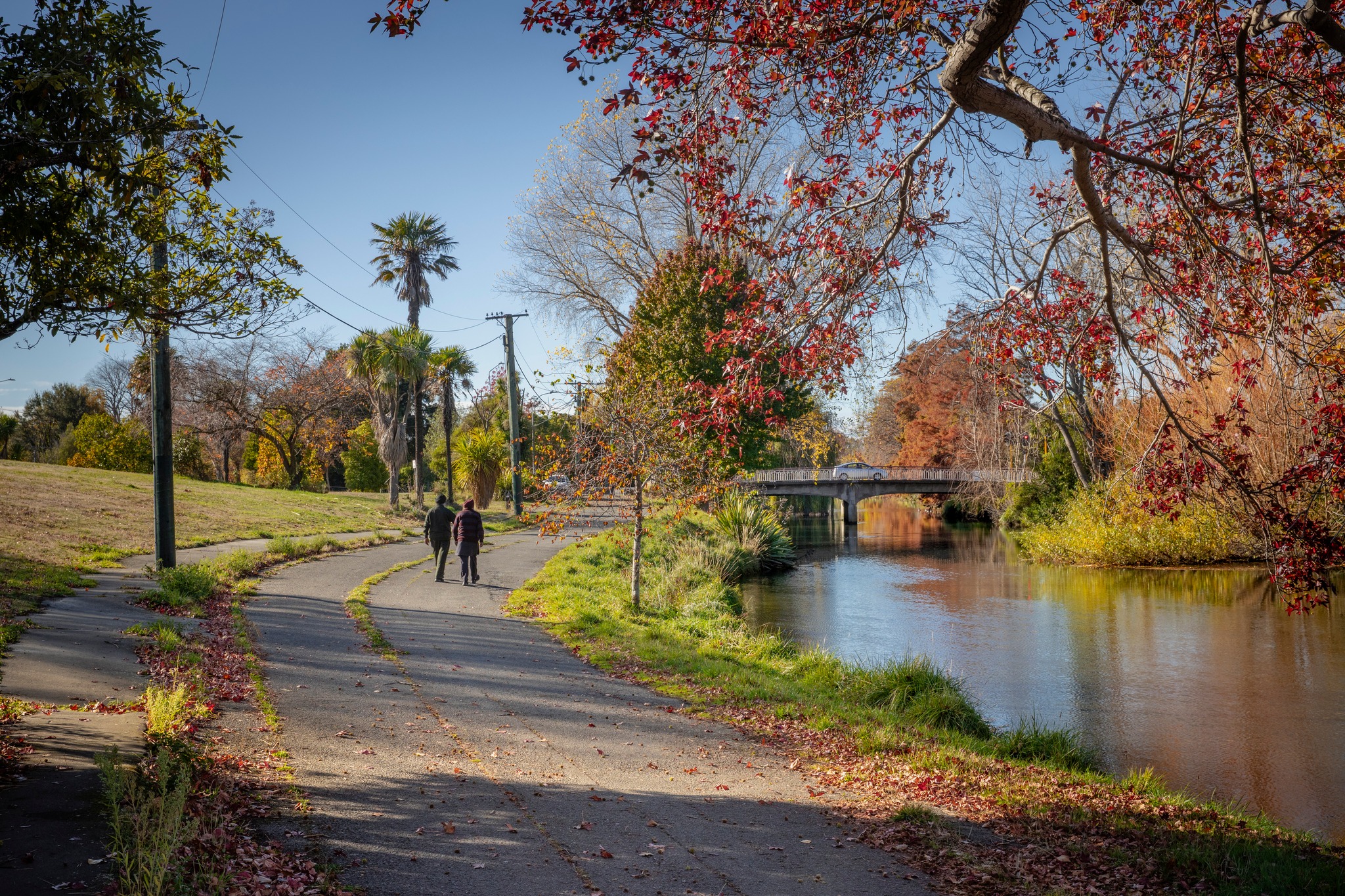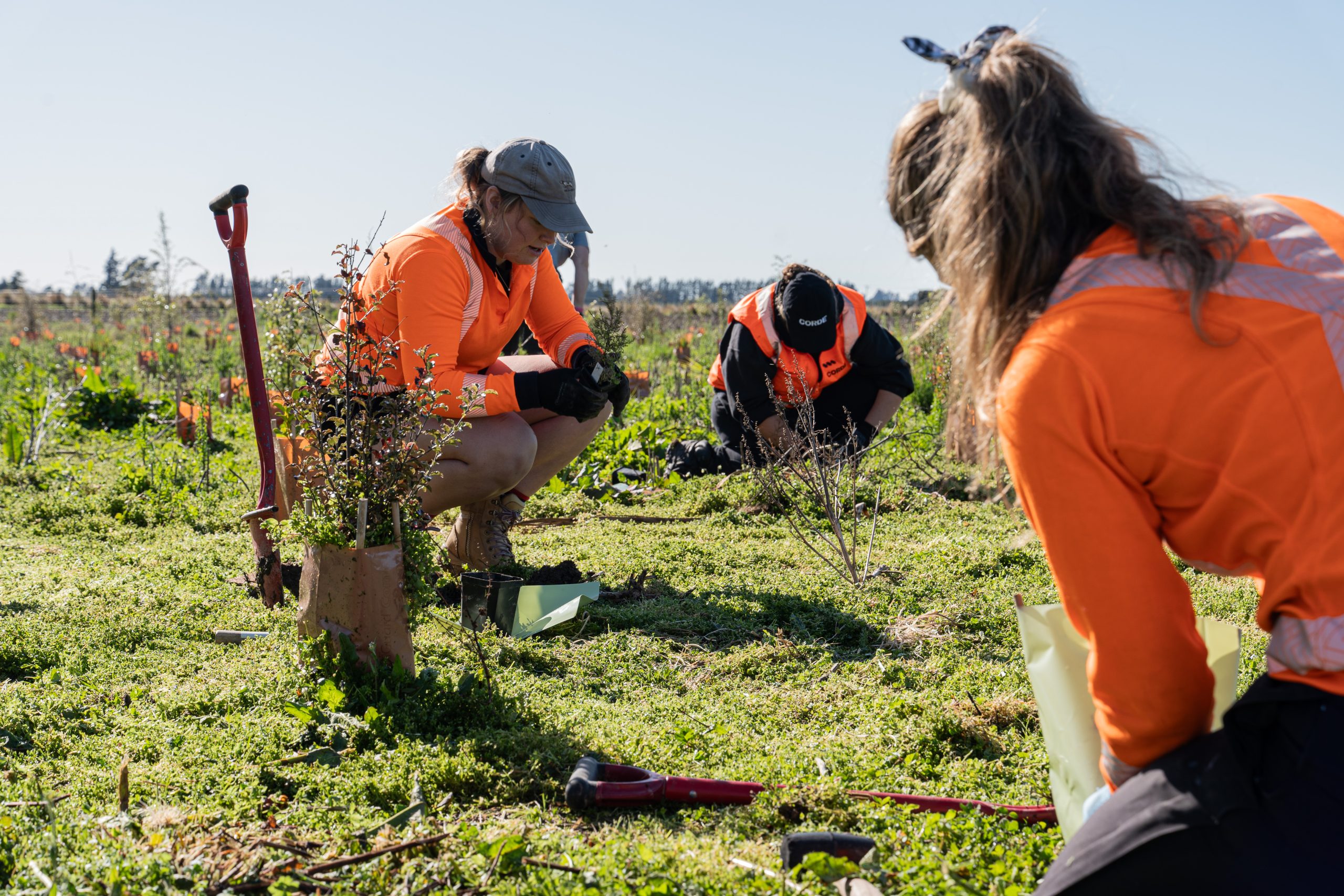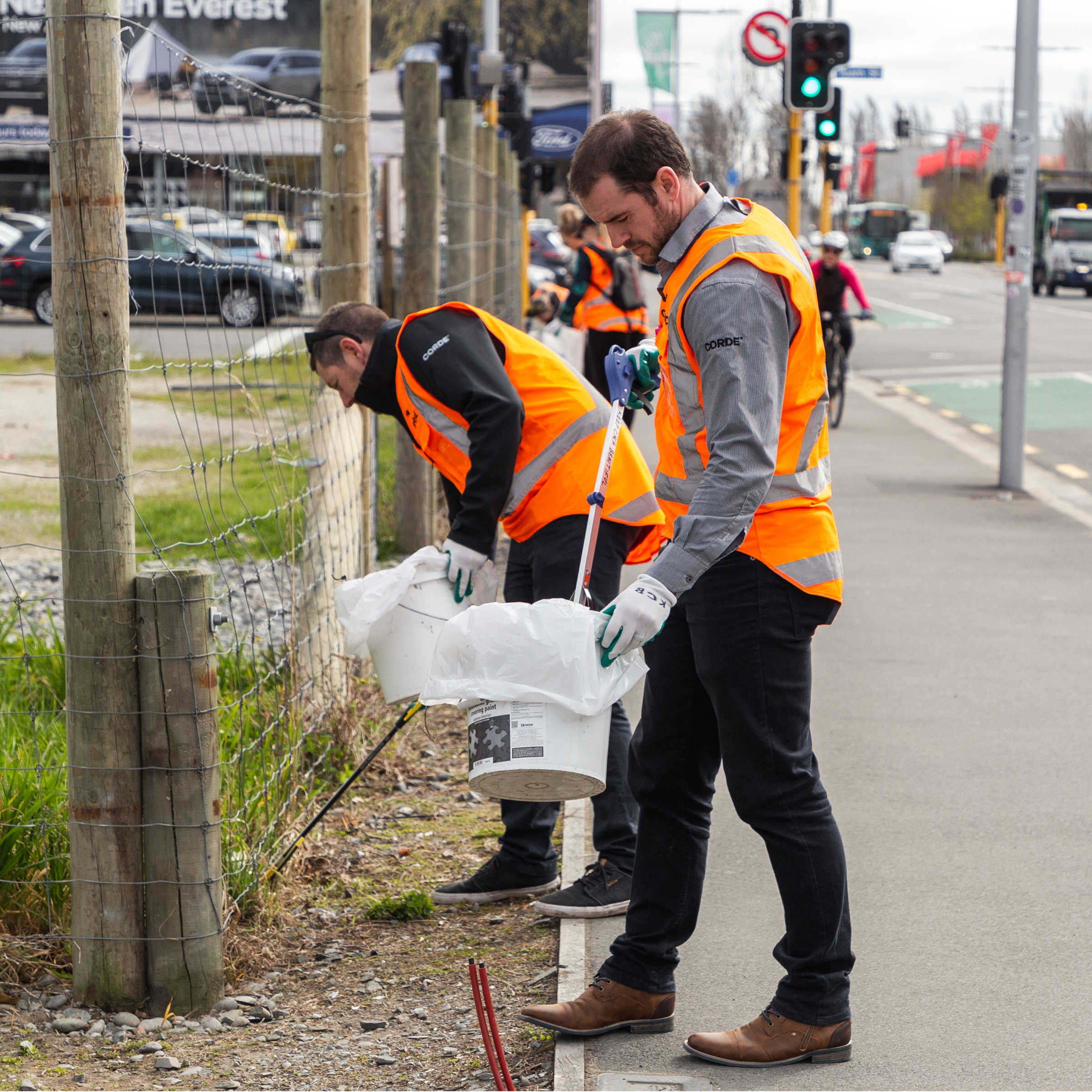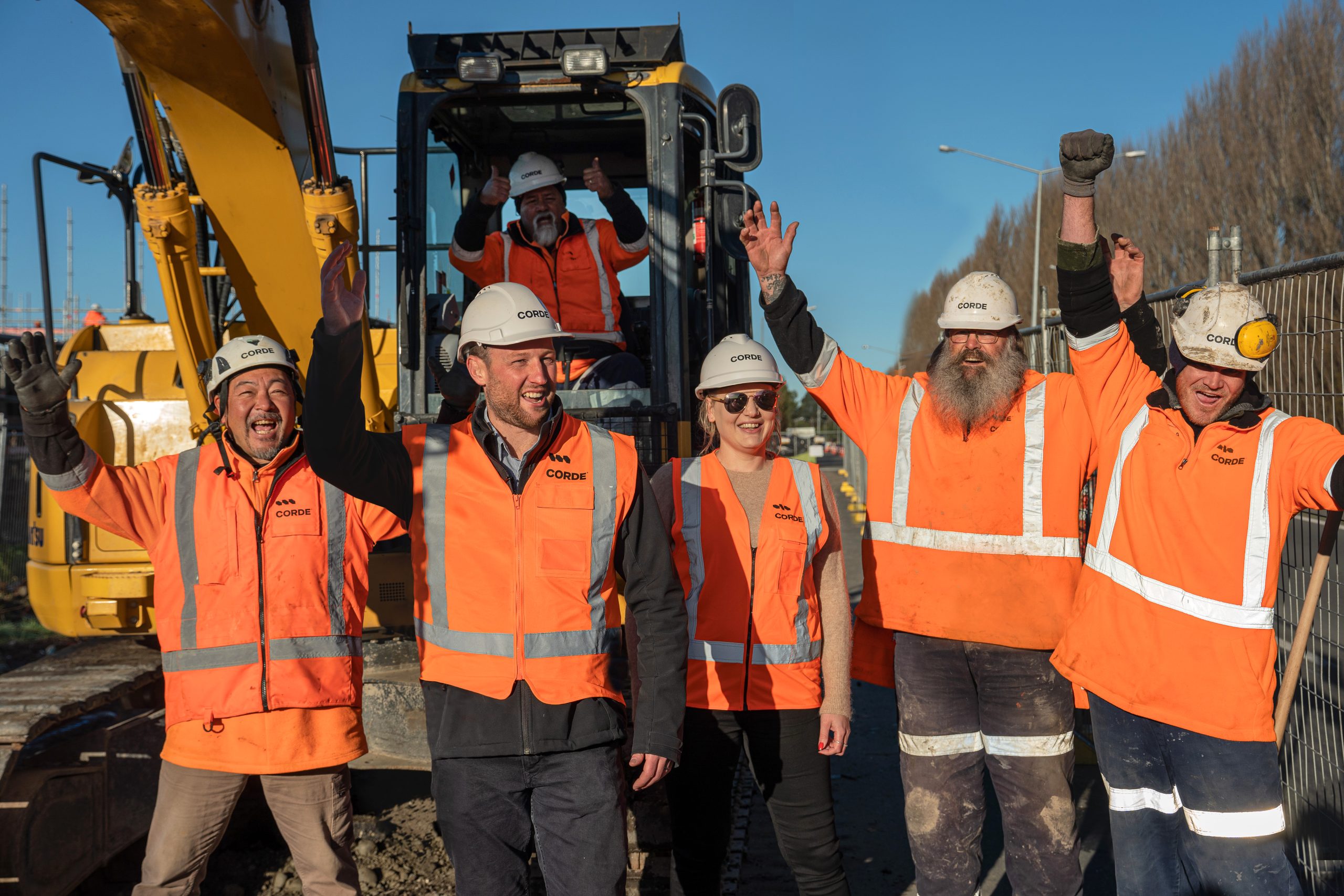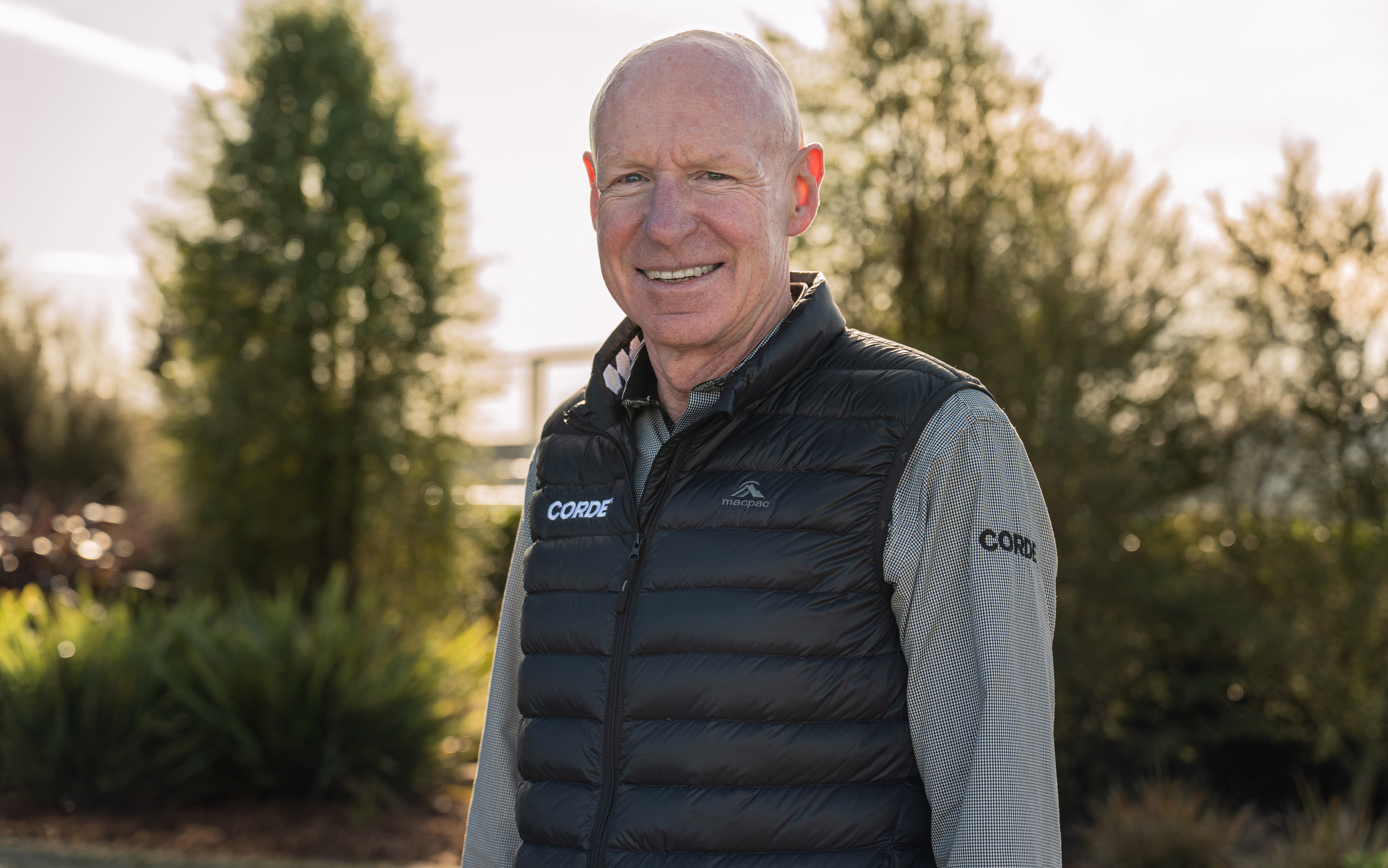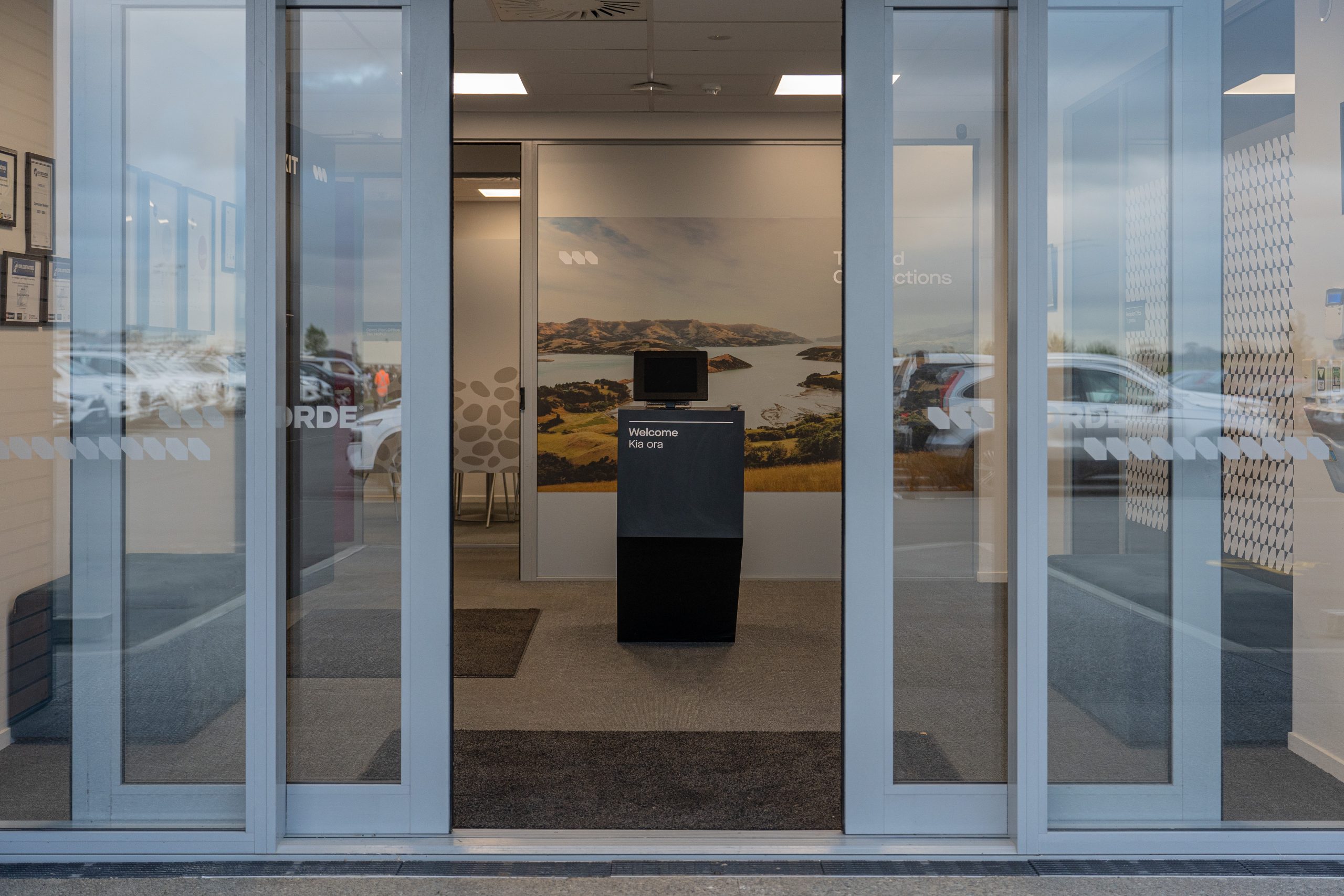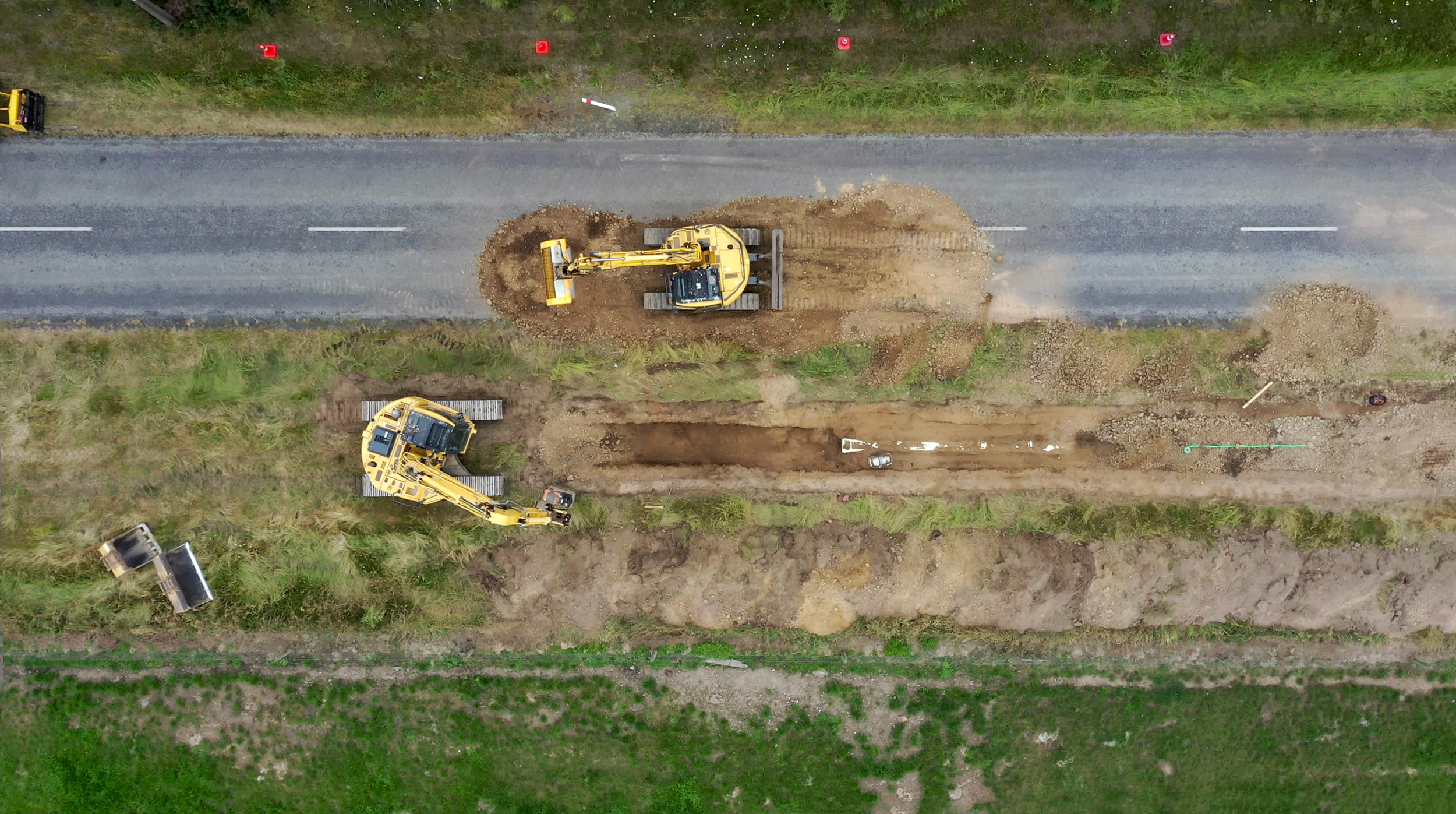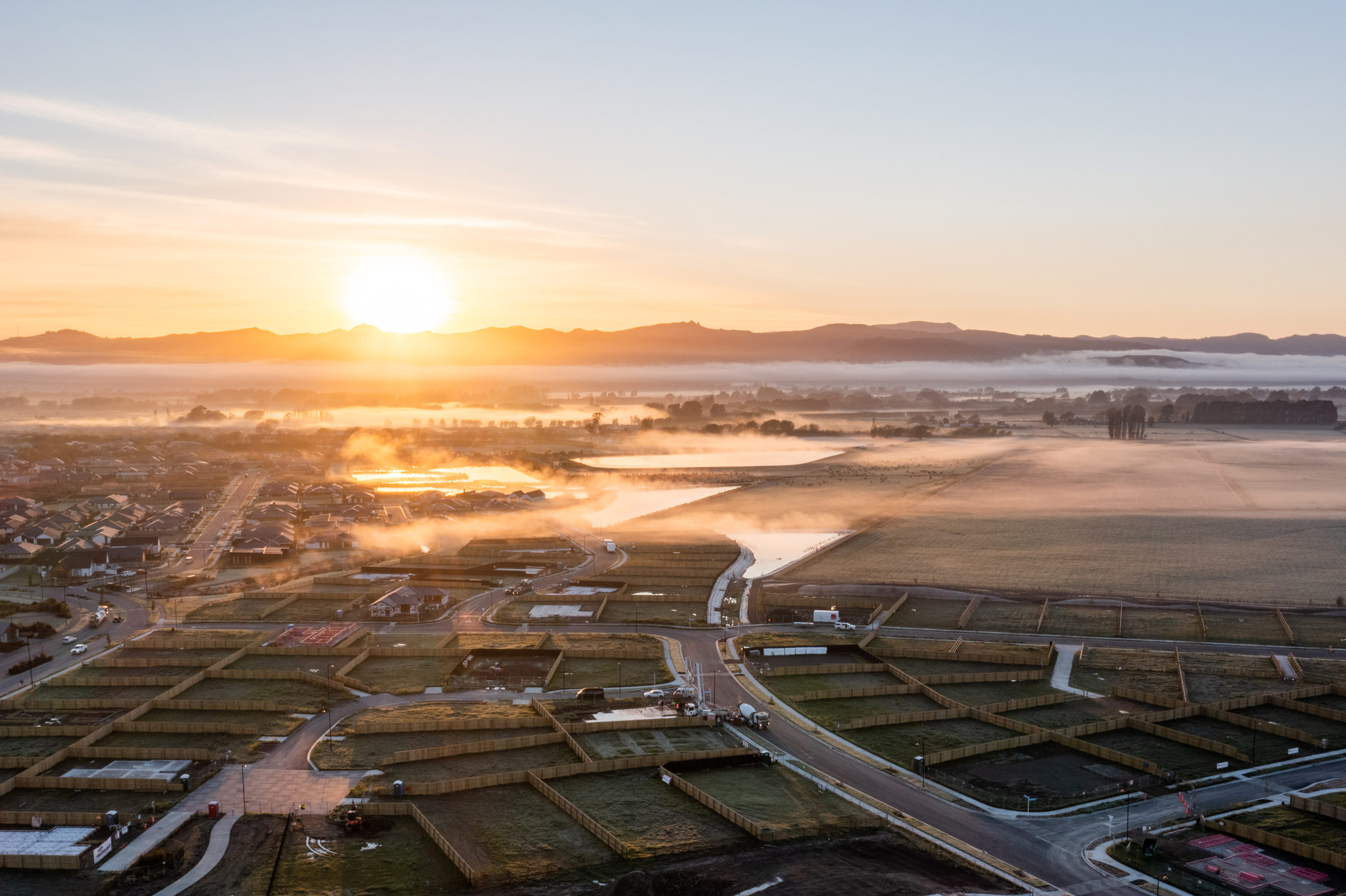The construction of phase one of the City to Sea Pathway is due to start next month.
Due to its length, and to minimise impact and disruption from the construction work, the project will be completed in stages. the Pathway will be constructed in three stages, with this portion running from Fitzgerald Avenue to Snell Bridge. The Avon Park project (currently in construction) will continue the Pathway from Snell Bridge to Porritt Park. Construction of the eastern portion of the Pathway is expected to follow, starting next summer.
This portion of the Pathway includes connections to the surrounding neighbourhoods via Templar Street, Glade Avenue, North Avon Road and Evelyn Couzins Avenue.
During this period, the fourth and final bridge will be built at the closed section of Dallington Terrace. Council worked with University of Canterbury students to design the footbridge, which will be situated near Robson Avenue.
Red Zone Manager Dave Little says Council is thrilled to see the construction of the City to Sea Pathway get underway.
“This is a really exciting and environmentally responsible project, and we know from the feedback we’ve received that the community are really looking forward to using safer and smoother pathways.”
Mr Little says that the Regeneration Plan and the Project Framework developed by Te Ngāi Tūāhuriri and the Ōtākaro Avon River Corridor Co-governance Establishment Committee have encouraged the team to see every red zone project as a chance to develop environmentally responsible solutions that can be scaled across the city, saving both money and emissions.
The Pathway’s lighting has been selected to reduce impact on the area’s insects, birds, and fish. The energy efficient LED lamps are ‘dark sky’ compliant, and will be on timer sensors. After a cutoff time, the lamps will dim down and then only pulse up in sections if users are on the Pathway. The cutoff time will vary depending on the season.
Low emission design can also avoid significant costs. The Pathway alignment typically builds on top of existing roads, saving millions of dollars that would otherwise be spent carting this material away and disposing of it.
Existing power poles along the route will be removed and reused as nature play elements throughout the pathway.
Around 50,000 eco-sourced native plants will be planted along the pathway and riverbanks as part of the project.
The full Christchurch City Council article can be viewed here:
https://newsline.ccc.govt.nz/news/story/construction-to-start-on-city-to-sea-pathway
 Skip to content
Skip to content





